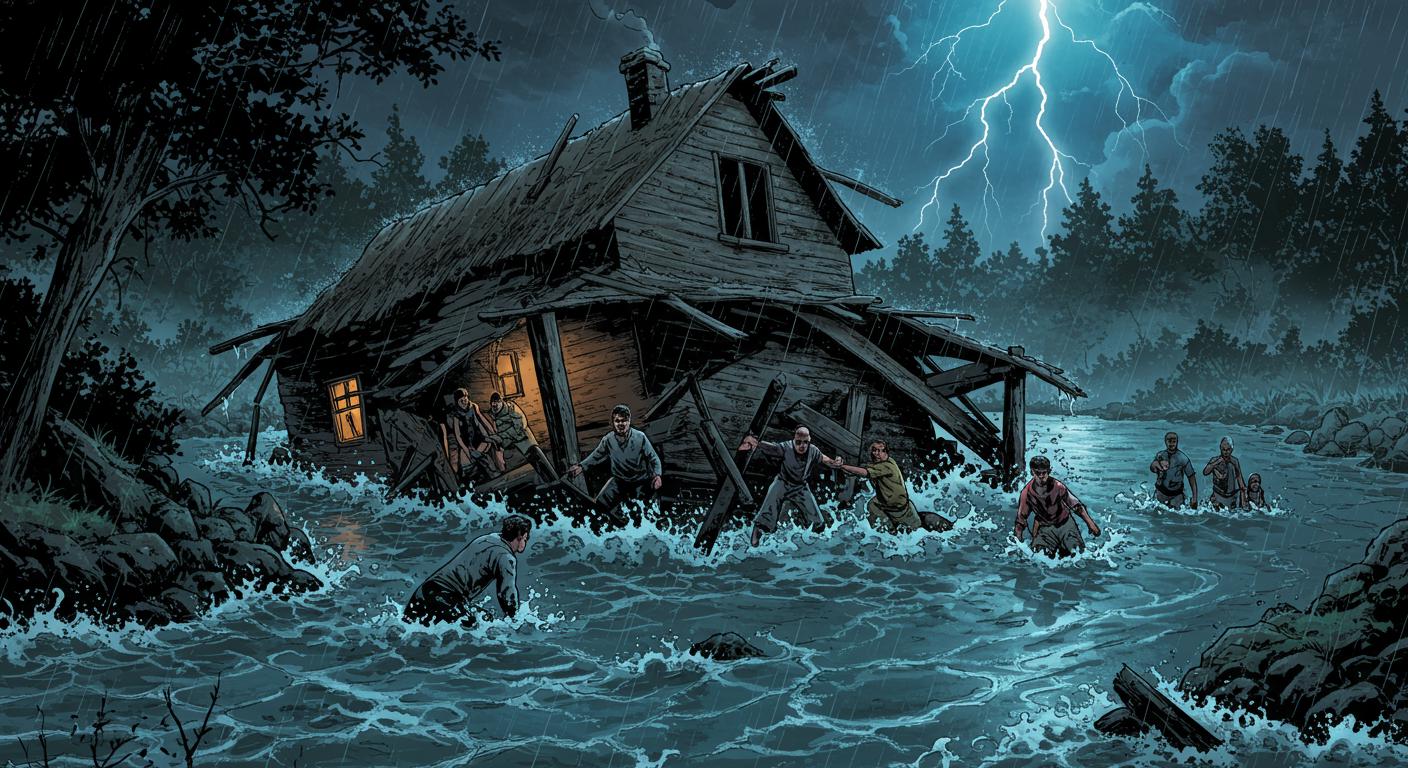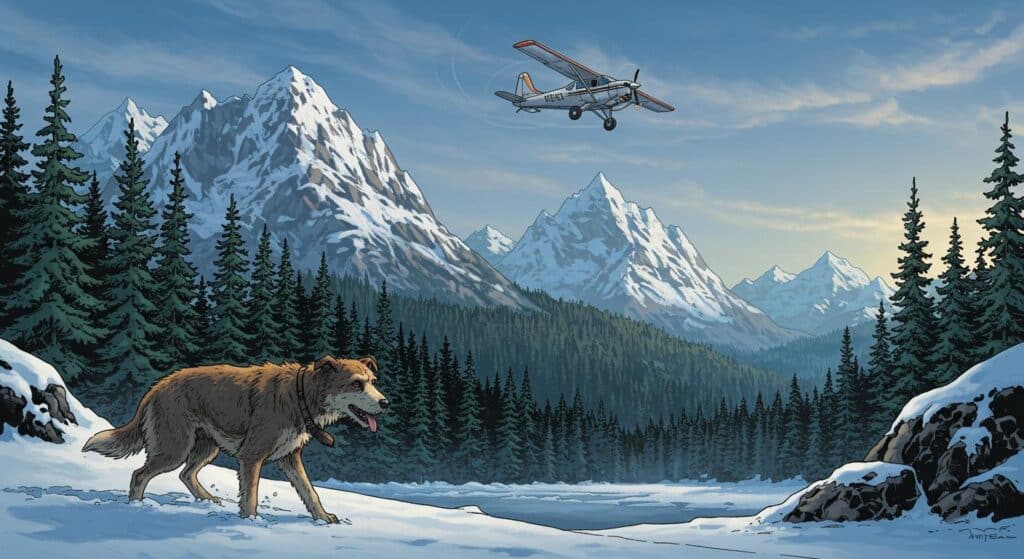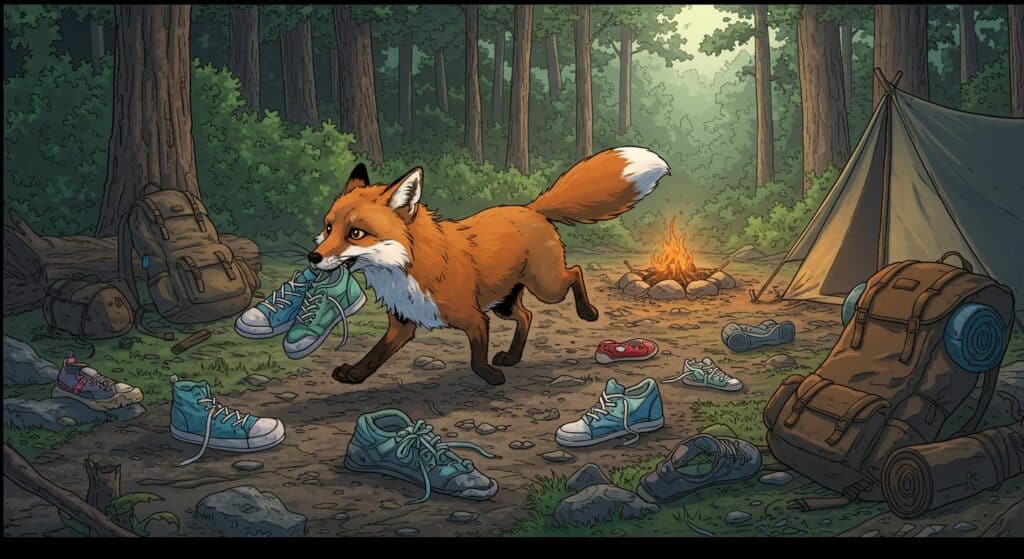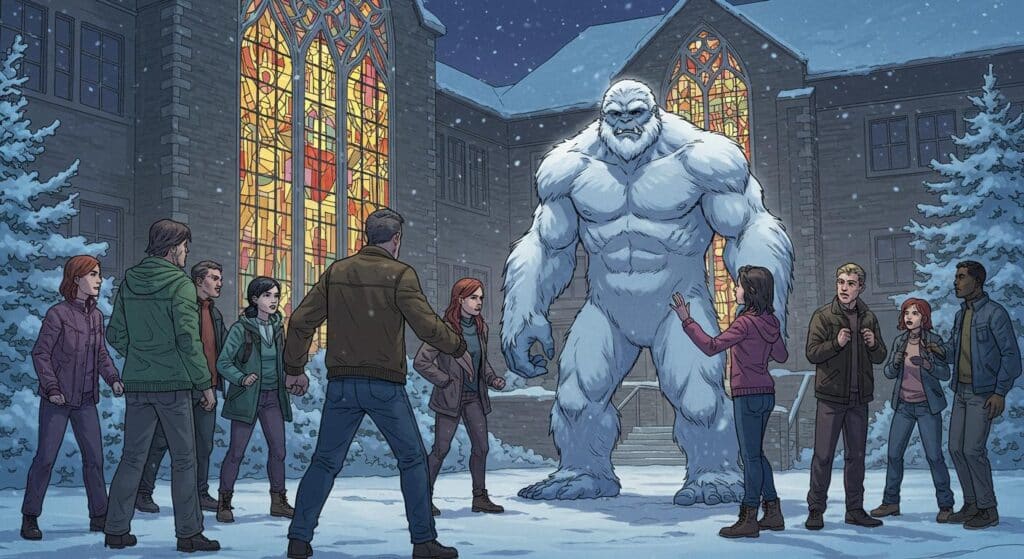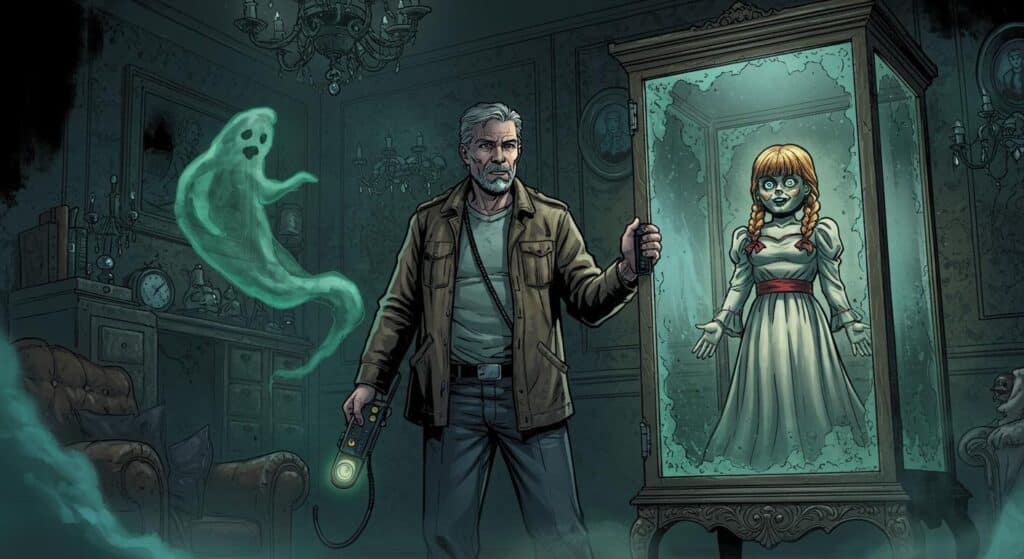Some stories have a way of putting our sense of security into perspective, forcing us to realize just how temporary our grip on the landscape really is. The firsthand account in Texas Monthly by Aaron Parsley, who recounted the night the Guadalupe River quite literally swept his family’s house—and his loved ones—away, feels almost folkloric in its rawness. It’s a narrative where the river doesn’t just visit the house; it effectively repossesses it, with all the finality and indifference of an unstoppable force.
“The River House Broke. We Rushed in the River.”
According to Parsley’s evocative telling, the family was gathered at their stilted cabin on the Guadalupe between Ingram and Hunt for a classic Fourth of July. The house, he notes, was designed after the 1987 flood “put the fear of God in this region.” Per Parsley’s report, those concrete pillars were supposed to keep them safe—elevating the home above the so-called “one-hundred-year floodplain.” As he observed, imagining water ever reaching the house felt far-fetched, more hypothetical than real.
But rivers are unconcerned with engineering optimism. As detailed in Texas Monthly, the night’s storms started innocuously enough: some thunder, the wish for better weather for an early run. Yet when Parsley’s young niece reported, “something on the roof,” it triggered a slow dawning: porch railings were suddenly level with a river that should have been twenty feet below. Parsley relays that the escape options were quickly cataloged and found lacking—no ladder for the roof, a window to the live oak out of reach, and a 911 dispatcher with no promising timeframe.
Texas Monthly’s photographs, as cited in the article, show the scope of what happened next: a tranquil porch submerged, flooring bubbling with water, his father’s room filling with the river’s musty scent. Parsley’s memory of water pouring in and pendant lamps swinging as the house lurched makes the chaos vividly present. In his telling, the moment the family realized the house was actually floating, a routine disaster became surreal. “We’re moving,” his husband said—right before the ordeal turned from flood to shipwreck. Parsley recalls seeing debris rip away, glass shatter, and the house splinter in seconds. The hope of a slow, safe rescue was snuffed; the reality became metallic shrapnel and fighting for breath amid furniture and roof panels.
Survival, and Its Wild Distribution
Parsley shares, in unflinching detail, how each family member was cast into the black water, their subsequent stories splitting off like the flood’s own currents. Some managed to cling to trees, improvising sanctuary as the river frothed below. Texas Monthly documents these precarious holds: branches cracking, survivors shifting to ever-more-doubtful perches, surrounded by a flotsam of their household items mixing with uprooted trees.
The randomness of survival stands out in Parsley’s account. Lance, his brother-in-law, found himself trapped under the sliding-glass door he’d been holding against the rising water, only able to free himself and reach air by sheer effort. His seventy-three-year-old father was pinned beneath what was likely a massive chunk of the home—persuading himself he had seconds left before he would drown, until he miraculously broke free. Parsley’s own struggle through the darkness, grabbing at branches only to be wrenched away, exemplifies the chaos that, as he puts it, “repressed the fear” with a strange acceptance.
The deeper grief comes when Parsley describes, as highlighted in Texas Monthly, the aftermath: voices screaming for one another across trees and water, the agonizing knowledge that twenty-month-old Clay was missing. Parsley recalls hearing his sister, Alissa, cry out for her son, their hope turning to dread. Eventually, county officials told the family they’d found a child matching Clay’s description twelve miles downstream. The heartbreak of confirming the loss is rendered with almost clinical pain—Parsley remembers his brother-in-law quietly telling his son, “We’re so sorry. We love you. Your Mama loves you so much. She tried to save you.”
When the River is in Charge
The magnitude of the storm emerges in the broader perspective provided by Texas Monthly: more than a hundred people lost their lives across the region, and familiar landmarks turned unrecognizable. Parsley’s account at the reunification center—the side of the road lined with tangled cars, trailers tossed like toys—drives home just how thoroughly the river rewrote the local order. The flood didn’t just target one family; it was an equal-opportunity event, upending lives along every bend.
Still, the narrative isn’t entirely bleak. As described in Parsley’s article, the community that formed in the aftermath radiates a kind of understated heroism: neighbors offering towels and dry clothes, an emergency nurse named Jennifer Lopez administering calm and first aid, and strangers banding together to help. These details, noted in Texas Monthly, lend the story a strange warmth—the sometimes-surreal hospitality that springs up in crisis.
And somehow, even as the river returned what was left of the house and took more than anyone could bear, the impulse to hold onto the good remains. The day before the flood, Parsley recounts afternoons swimming, the children’s euphoria at the rope swing, and Clay’s laughter as his mother dipped him into the river he would never leave. Rosemary—just four, but already cataloguing her uncle’s “boo-boos” and explaining that the “river house broke”—seemed to inherit the family’s resilience in miniature.
Borrowed Ground
It’s hard not to see a wry kind of logic here. We build our river houses with stilted certainty, but, as Parsley’s Texas Monthly account demonstrates, the river is always just a heavy rain away from renegotiating the terms—sometimes without notice. The illusion of control—concrete pillars, raised floors, years between floods—only holds until nature’s next turn.
Maybe the only reliable defense is humility, as the survivors on the Guadalupe have learned. In Parsley’s final reflections, it’s not the sturdiness of any structure that’s foregrounded, but the strength of the ties that survived: a mother’s determination, a partner’s frantic search, a child’s quicksilver tenacity. And perhaps, as Parsley suggests through a blend of awe and understatement, the river always gets the last word on borrowed land.
In Texas, where rivers are as much adversary as amenity, one wonders: is it ever really your house? Or is the river simply letting you camp for a while, until it decides it wants the place back?

